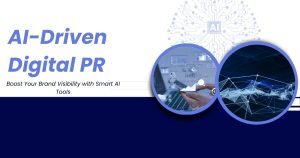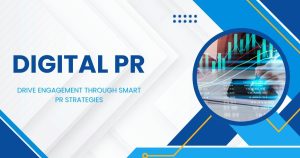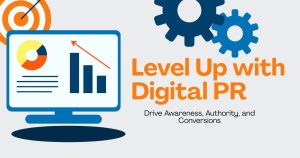Digital PR Marketing: Beyond Traditional Press Releases
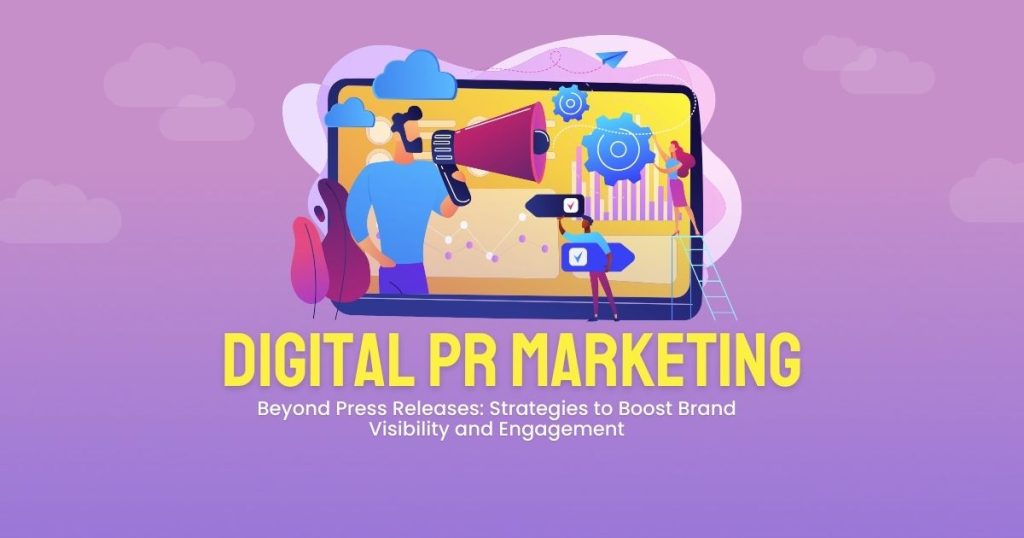
Traditional press releases are dead. The media landscape has fundamentally shifted, and savvy marketers know that earning coverage requires a completely different playbook. Digital PR marketing combines the credibility-building power of traditional public relations with modern digital strategies to amplify brand awareness, build authority, and drive measurable business results.
This approach goes far beyond sending generic press releases to journalists who delete them without reading. Digital PR leverages data-driven campaigns, creative storytelling, and strategic relationship building to secure high-quality backlinks, increase brand mentions, and position your company as a thought leader in your industry.
Whether you’re a startup looking to establish credibility or an established brand seeking to expand your digital footprint, understanding digital PR marketing will transform how you approach earned media in the digital age.
What Makes Digital PR Different from Traditional PR
Digital PR marketing operates with a fundamentally different mindset than its traditional counterpart. While traditional PR focuses primarily on securing media coverage for brand awareness, digital PR takes a more strategic approach that aligns with broader marketing objectives.
Traditional PR teams often measure success through metrics like press clippings, media impressions, and advertising value equivalents. Digital PR practitioners track domain authority increases, organic search improvements, referral traffic, and lead generation. This shift toward measurable outcomes makes digital PR a true growth driver rather than just a brand exercise.
The targeting approach differs significantly as well. Traditional PR often employs a spray-and-pray method, sending the same press release to hundreds of journalists. Digital PR marketing involves researching specific publications, understanding their audience, and crafting personalized pitches that align with editorial calendars and trending topics.
Content creation represents another major distinction. Traditional PR relies heavily on corporate announcements and executive profiles. Digital PR creates data-driven studies, interactive tools, expert surveys, and newsjacking campaigns that provide genuine value to journalists and their readers.

Core Components of Digital PR Marketing
Data-Driven Campaigns
The foundation of successful digital PR marketing lies in creating compelling, newsworthy content backed by original data. These campaigns involve conducting surveys, analyzing industry trends, or commissioning research that reveals surprising insights about your target market.
For example, a software company might survey remote workers about productivity challenges, uncover unexpected findings, and package these insights into an interactive report. This approach provides journalists with exclusive data they can reference while securing valuable backlinks and brand mentions for your company.
The key to successful data campaigns lies in identifying topics that intersect your expertise with current media interests. Monitor trending conversations in your industry, analyze competitor mentions, and identify information gaps that your research can fill.
Strategic Link Building
Unlike traditional link building tactics that often feel forced or manipulative, digital PR marketing earns links through genuine editorial merit. When journalists reference your research or quote your executives in their articles, these organic mentions carry significantly more SEO value than purchased links.
Focus on building relationships with journalists who regularly cover your industry. Provide them with expert commentary, exclusive data, and unique perspectives that enhance their reporting. These relationships often lead to recurring coverage opportunities and higher-quality backlinks from authoritative publications.
Newsjacking and Reactive PR
Digital PR marketing requires agility and the ability to insert your brand into trending conversations. When major industry news breaks or viral topics emerge, successful practitioners quickly develop relevant angles that position their expertise within these discussions.
This reactive approach demands constant media monitoring and rapid content creation capabilities. Keep template responses ready for common industry scenarios, maintain relationships with journalists who cover breaking news, and develop processes for quick approval and distribution of reactive content.
Building Your Digital PR Marketing Strategy

Audience Research and Publication Mapping
Success in digital PR marketing begins with understanding exactly which publications influence your target audience. Create detailed profiles of key publications, including their editorial preferences, typical story angles, and submission guidelines.
Analyze the types of stories each publication covers, identify their most active journalists, and understand their content calendars. B2B publications often plan technical content months in advance, while daily news sites need immediate responses to breaking developments.
Map these publications against your buyer’s journey. Which outlets do your prospects read during the awareness stage? What publications influence their consideration and decision-making processes? This mapping ensures your digital PR efforts reach the right audience at the optimal moment.
Content Planning and Production
Digital PR marketing requires a steady stream of newsworthy content that journalists want to cover. Develop an editorial calendar that anticipates industry events, seasonal trends, and recurring news cycles relevant to your sector.
Create content pillars that establish your expertise across multiple topics within your industry. A cybersecurity company might develop campaigns around data breach trends, remote work security, and regulatory compliance. This diversification provides multiple angles for media outreach while reinforcing your authority.
Invest in professional design and data visualization capabilities. Modern journalists expect campaigns to include ready-to-use graphics, charts, and interactive elements. High-quality visual assets significantly increase your chances of securing coverage and social media amplification.
Relationship Building and Outreach
Digital PR marketing succeeds through authentic relationships with journalists and influencers who cover your industry. These relationships cannot be built overnight and require consistent value delivery without immediate expectations of coverage.
Start by engaging with journalists on social media, sharing their content, and providing helpful responses to their research requests. Many journalists actively seek expert sources through platforms like Help a Reporter Out (HARO) and social media. Respond promptly and provide valuable insights that enhance their reporting.
Personalize your outreach efforts by referencing journalists’ recent work and explaining why your story aligns with their editorial interests. Generic pitches demonstrate that you haven’t researched their coverage area and significantly reduce response rates.
Measuring Digital PR Marketing Success
SEO and Organic Search Impact
Digital PR marketing directly influences organic search performance through high-quality backlinks from authoritative publications. Track domain authority improvements, keyword ranking changes, and organic traffic increases that result from your campaigns.
Monitor brand mention quality and context. Not all coverage provides equal SEO value. Links from respected industry publications with relevant audiences carry more weight than mentions in general interest blogs or paid content platforms.
Use tools like Google Search Console to track which publications drive referral traffic and conversions. This data helps prioritize relationship building efforts and identify the most valuable media partnerships for your business.
Brand Awareness and Share of Voice
Measure how digital PR marketing affects your brand’s visibility within industry conversations. Track mention volume, sentiment analysis, and share of voice compared to competitors. These metrics demonstrate PR’s impact on brand positioning and market perception.
Social media amplification often multiplies the reach of earned media coverage. Monitor how journalists and influencers share your content across their networks, and track the resulting engagement and website traffic.
Lead Generation and Business Impact
Connect digital PR marketing efforts to tangible business outcomes by tracking leads and conversions that originate from earned media coverage. Use UTM parameters and dedicated landing pages to attribute website activity to specific publications and campaigns.
Calculate the customer lifetime value of leads generated through digital PR efforts. This analysis helps justify PR investments and optimize budget allocation across different campaign types and publication priorities.
The Future of Digital PR Marketing
Digital PR marketing continues evolving as media consumption habits change and new platforms emerge. Artificial intelligence tools now help identify trending topics, personalize outreach efforts, and analyze campaign performance with unprecedented precision.
Video content and podcasts represent growing opportunities for digital PR practitioners. Many publications now produce multimedia content, creating new avenues for expert positioning and thought leadership development.
The integration between digital PR and other marketing channels deepens as attribution technology improves. Modern practitioners coordinate PR efforts with content marketing, social media campaigns, and paid advertising to create comprehensive brand-building strategies.
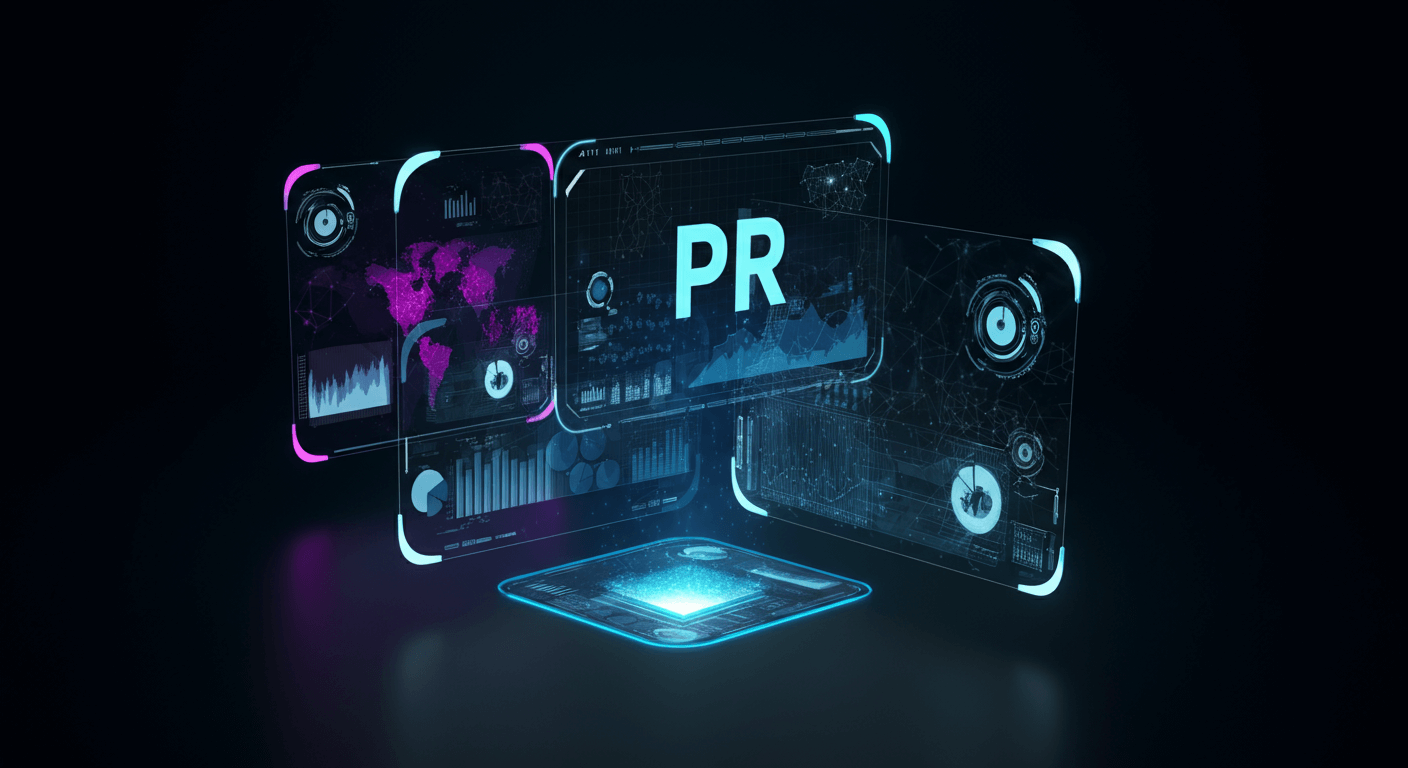
Start Building Your Digital PR Marketing Foundation
Digital PR marketing represents a fundamental shift from traditional publicity tactics toward strategic, measurable brand building that drives real business growth. Success requires commitment to relationship building, content excellence, and data-driven decision making.
Begin by auditing your current media relationships and identifying key publications that influence your target audience. Develop compelling, data-driven content that provides genuine value to journalists and their readers. Focus on building authentic relationships rather than transactional pitches.
The brands that master digital PR marketing will enjoy sustainable competitive advantages through enhanced credibility, improved search visibility, and stronger market positioning. Start implementing these strategies today to transform how your audience perceives and discovers your brand.

